History of Physics and Astronomy Together with Univ. Prof. Dr. Max E. Lippitsch, head of the group, I have been engaged in research on history of physical concepts and ideas, especially in pre-modern times and including non-European cultures. The aim of our research is to analyse the intellectual and cultural stimuli and constraints physicists were subject to in various periods of human history, from ancient, through medieval to modern times and in various cultural, religious, and ideological environments, and to explore the interrelationship between these ideas and the world-views prevailing at that time. Selection topics investigated: |
from the library of the Cistercian Monastery Stift Rein.
|
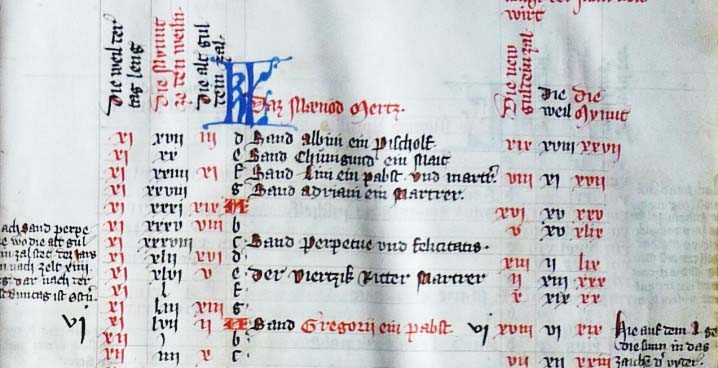 |
|
Photo: El Caracol, The Observatory, Chichen Itza, S. Draxler 2012 |
|
|
from the University of Graz Library.
|
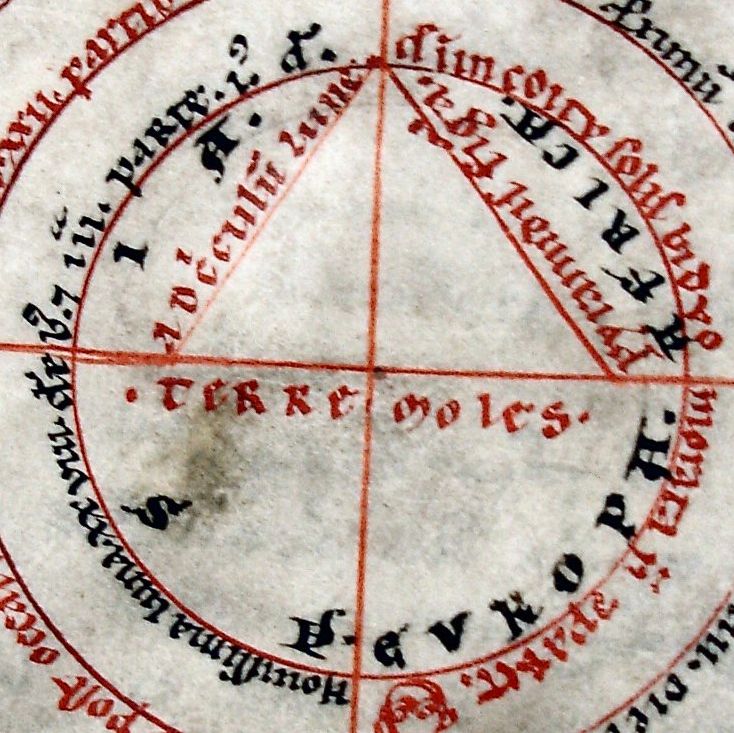 |
|
Photo: Center of the Calendar Table, Rein, S. Draxler 2009 Bild in Originalgröße |
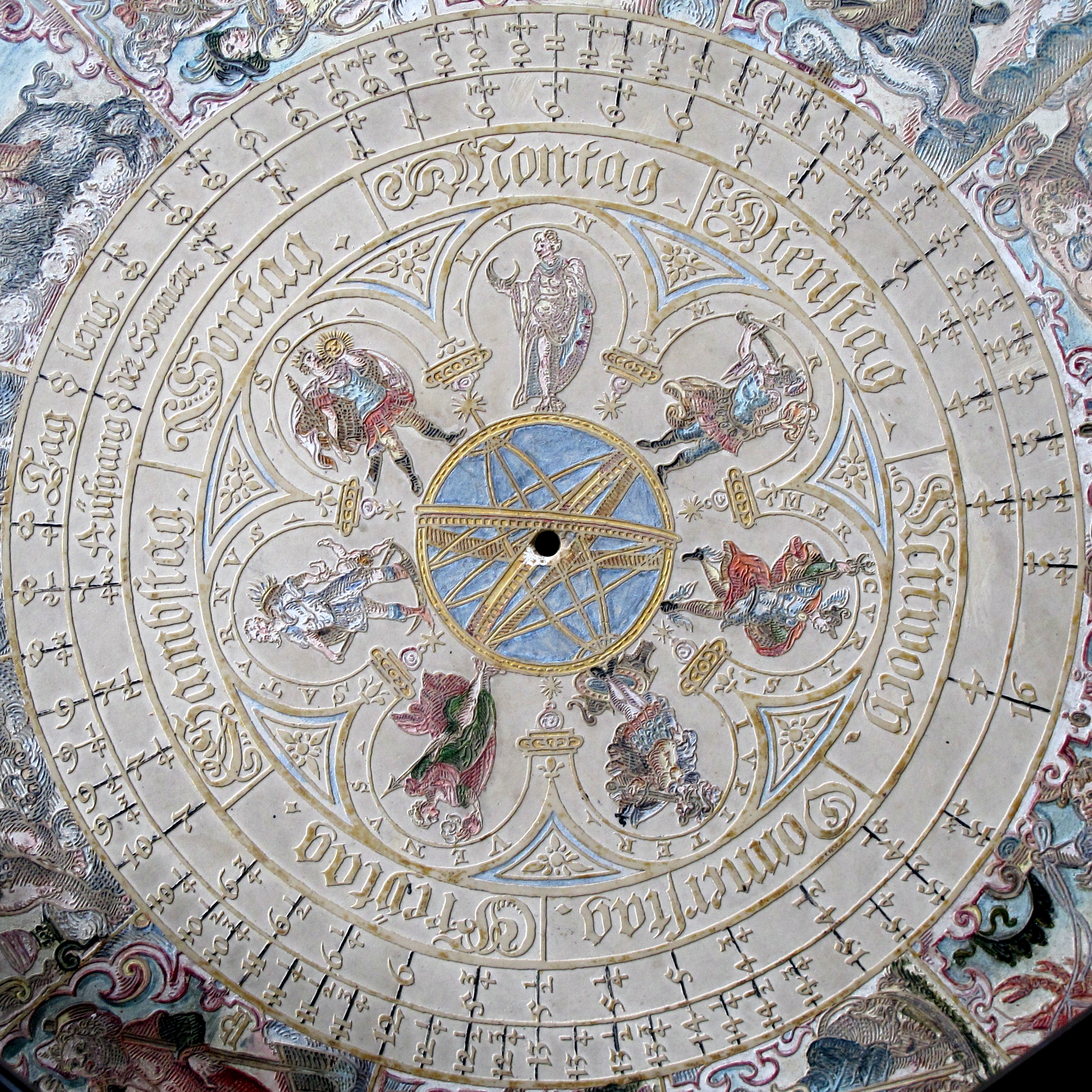 |
|
Photo: Peter Apian, Astronomicum Caesareum, S. Draxler 2008 Bild in Originalgröße |
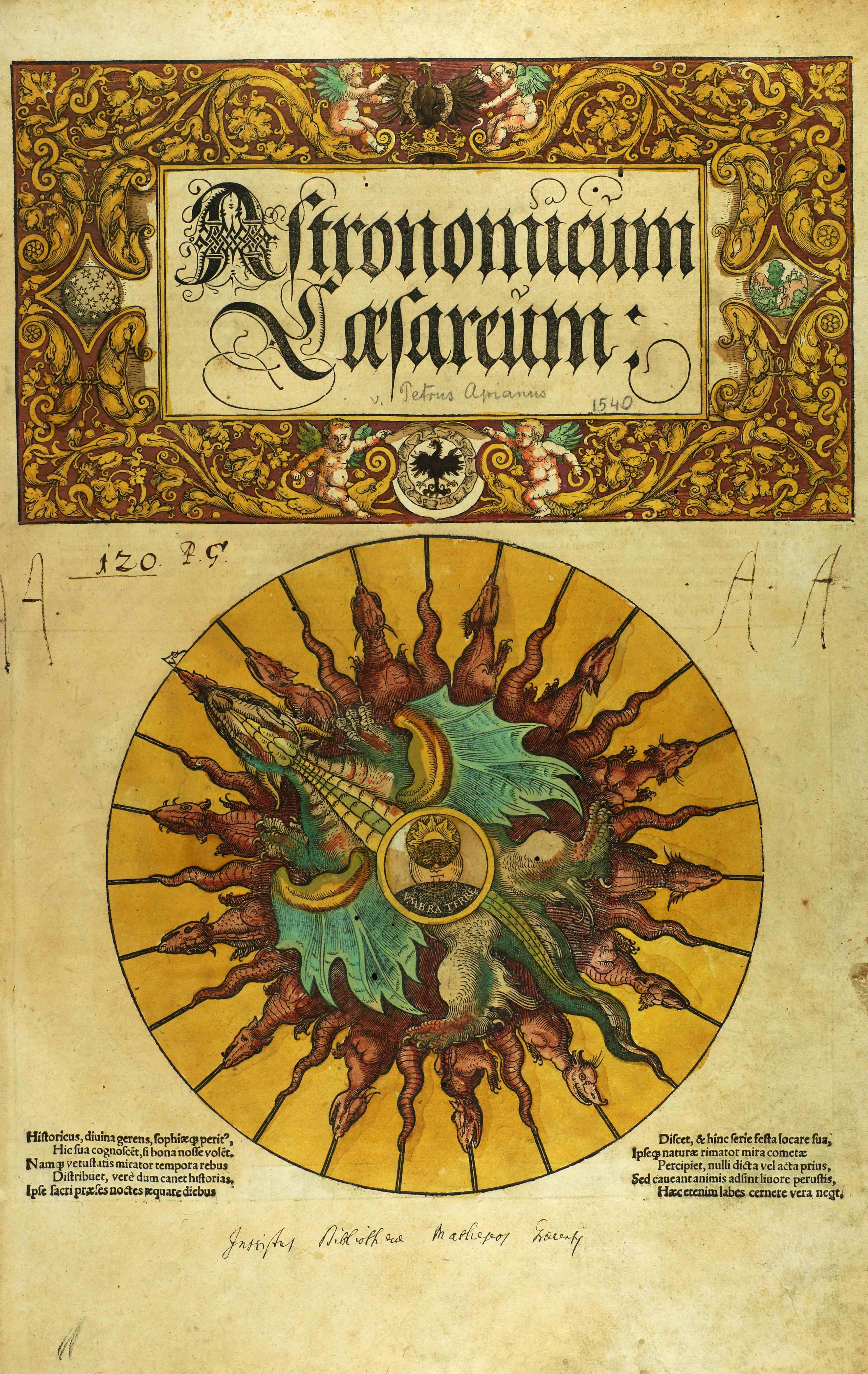 |
|
Literature: |
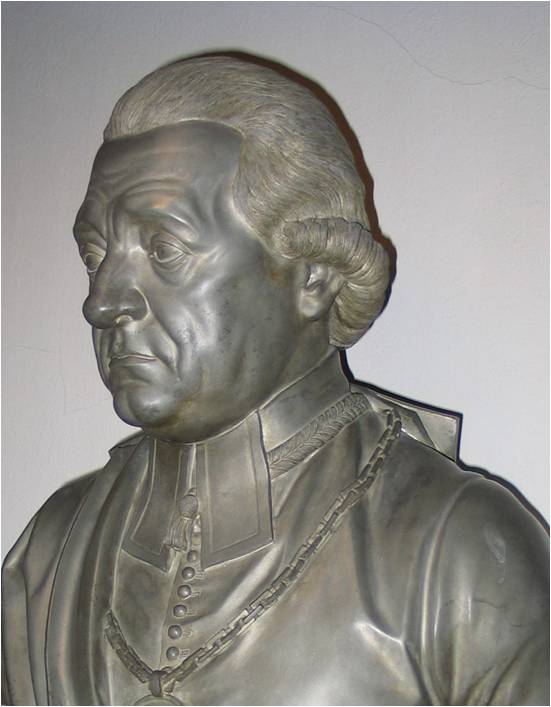 |
|